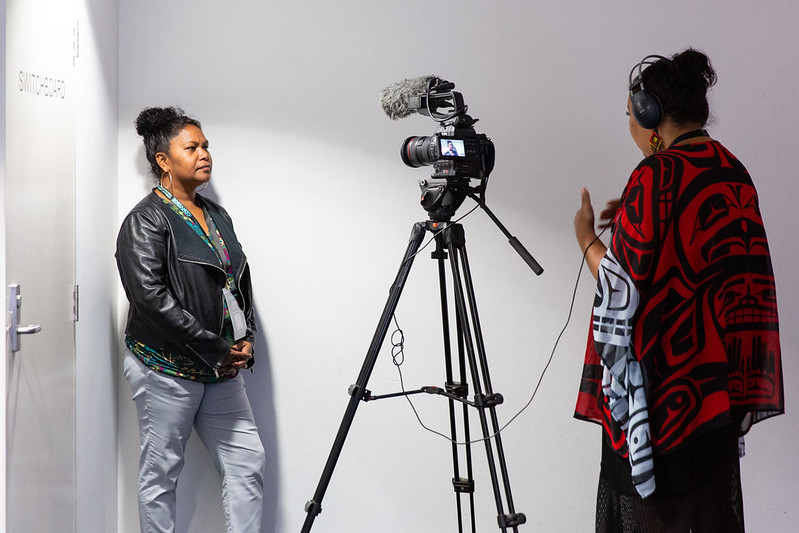
Working to deadlines
Meeting deadlines is an essential part of being a journalist. A deadline will vary according to which media organisation your work for: magazines will generally be monthly, newspapers daily and radio could be hourly.
In our case, the deadline is weekly. On Tuesday at the Master Class, you need to think of a news story and by Friday, the story should have been completed and sent to the Regional Editorial Coordinator. At the Editorial Workshop the following Tuesday, your story will be discussed by David and the MasterClass trainer.
- A text story is the simplest to prepare. This should accompanied by a relevant photo. It may require a visit to a story location to talk to people or be an observer, or it might be sourced on the phone or using an online system (Zoom, Google Team). Then it’s a matter of writing up the story following the Editorial Guidelines and sending it to the Regional Editorial Coordinator. A story of this kind should be completed in about an hour. This does not take into account the time for travel if this is necessary.
- A photographic story will consist of 5 or so photographs around a single event. The story should be provided with a headline and simple introduction (paragraph). Each photograph should be captioned, explaining where, what who, when and why the photograph was taken. You may take many photos and only select the 5 best. You will always need to edit the photograph: cropping and colouring. A story of this kind should be completed in about about 2 and a half hours, not counting travel.
- An audio story takes more time because editing is generally involved. It also mostly requires travelling to the story location, although sometimes it can be accomplished by recording a phone or online system (Zoom, Google Team). A script will need to be written, audio uploaded and edited, and the package sent to the Regional Editorial Coordinator. A story of this kind should be completed in about about 3 hours, not counting travel.
- A video story will even be more involved, certainly at the production and editing stage. It will generally require travelling to the story location, although you may use Zoom or Google Team (check Editorial Standards). A story of this kind should be completed in about 4 hours, not counting travel.
